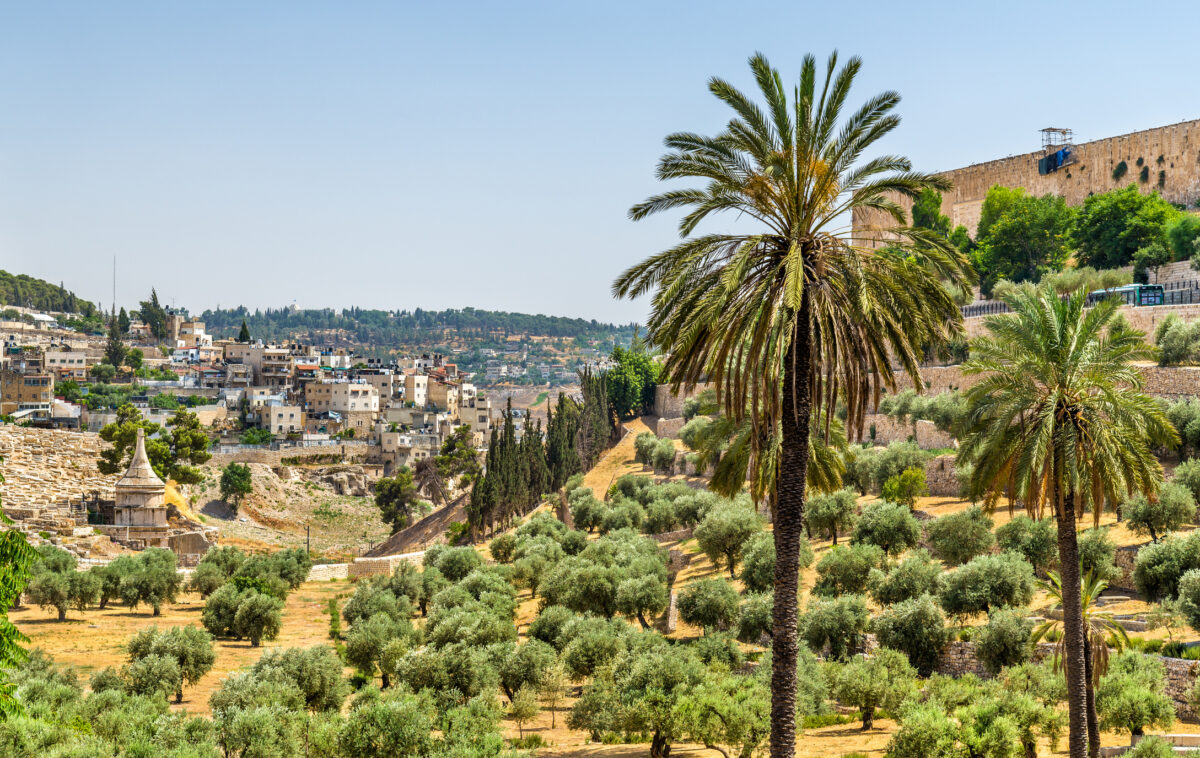This past year, more than ever, teachers have been discouraged from covering controversial topics in their classroom. From book bans in Florida to parents shaming educators on social media, many teachers are afraid to tackle controversial subjects for fear of losing their jobs.
However, the beauty of teaching a controversial topic is that it is often the most relevant and engaging to the audience.
Church of All Nations in the Kidron Valley – Jerusalem, Israel
Since February, I have offered instruction on perhaps the most controversial topics that are out there: Israel’s recent election and the ruling coalition’s plan to change the role of the Supreme Court, as well as the Israel-Palestinian conflict.
I teach Middle East history to 12th graders at a non-sectarian private school in Israel. The student body consists of children of diplomats, journalists, foreign employees and Jewish and Palestinian Israelis. The course has a curriculum, but with each students’ consent, I tossed it out the window for this semester and began a new one: Israel – Democracy’s Precipice or Majority Rules Rules.
I adapted the inquiry model provided by the International Baccalaureate Organization. It is meant to be used when teaching during or immediately after a “crisis.” Students were given text and videos to read and watch and annotate them by asking questions. After compiling those questions, students chose a topic to research. To model democracy, I allowed them to choose when I should provide direct instruction during the unit, and they designed their own rubric.
In addition, besides the protests there was a terror wave in Israel. The students wanted these events discussed, even though for me as a teacher, the democracy lessons were a bit safer. However, we were able to weave the two issues together just like they were intertwined in real time.
In the end, I was inspired by the students’ research. Questions they studied included
- What role does social media play in the conflict?
- How has Israel’s high tech sector responded to the protests?
- Can Israel survive without U.S. support?
- Is the Palestinian Authority corrupt? If it is, why does the U.S. and Israel work so closely with it?
- What are the advantages and disadvantages of the two-state solution?
- What are some internal conflicts among Palestinians?
- Why was peace not achieved at the Taba summit?
For the presentation, to earn a high score, students had to explore their topic beyond the internet. The student who researched social media held a focus group with tenth grade students on how Tik Tok influences or doesn’t influence their views on Israel. For the corruption piece in the Palestinian Authority, students spoke to an E.U. diplomat and a Palestinian living in the U.S.. Another student posted a Reddit poll on his topic, while one peer surveyed the student body on hers.
At parent-teacher-student conferences, I asked students to tell their parents about their research. I also asked them about the experience. They credited their success to being able to choose their own course of study, the relevance of the issues, and that their classmates were respectful of different perspectives during the lessons.
As for me, I still have my job. No one felt like I was promoting an agenda either way. And the students were really able to learn for the sake of learning. (If you have ever taught or met a second semester senior, this is no small feat).
As educators, we can’t let fear of backlash drive student learning. By being fearful, we become complicit in their ignorance. The inquiry model offers protection of the teacher from allegations of bias, and most importantly, allows students to take the lead on their own learning.
Sharna Marcus has been in the field of education for more than 20 years. If you’d like to follow her, you can find her on Twitter @MsSMarcus. Her blogs are available here: https://scarpeta.blogspot.com/ She travels to the U.S. frequently and is offering sessions for educators on how to teach controversial topics involving Israel.
Credit:Source link



